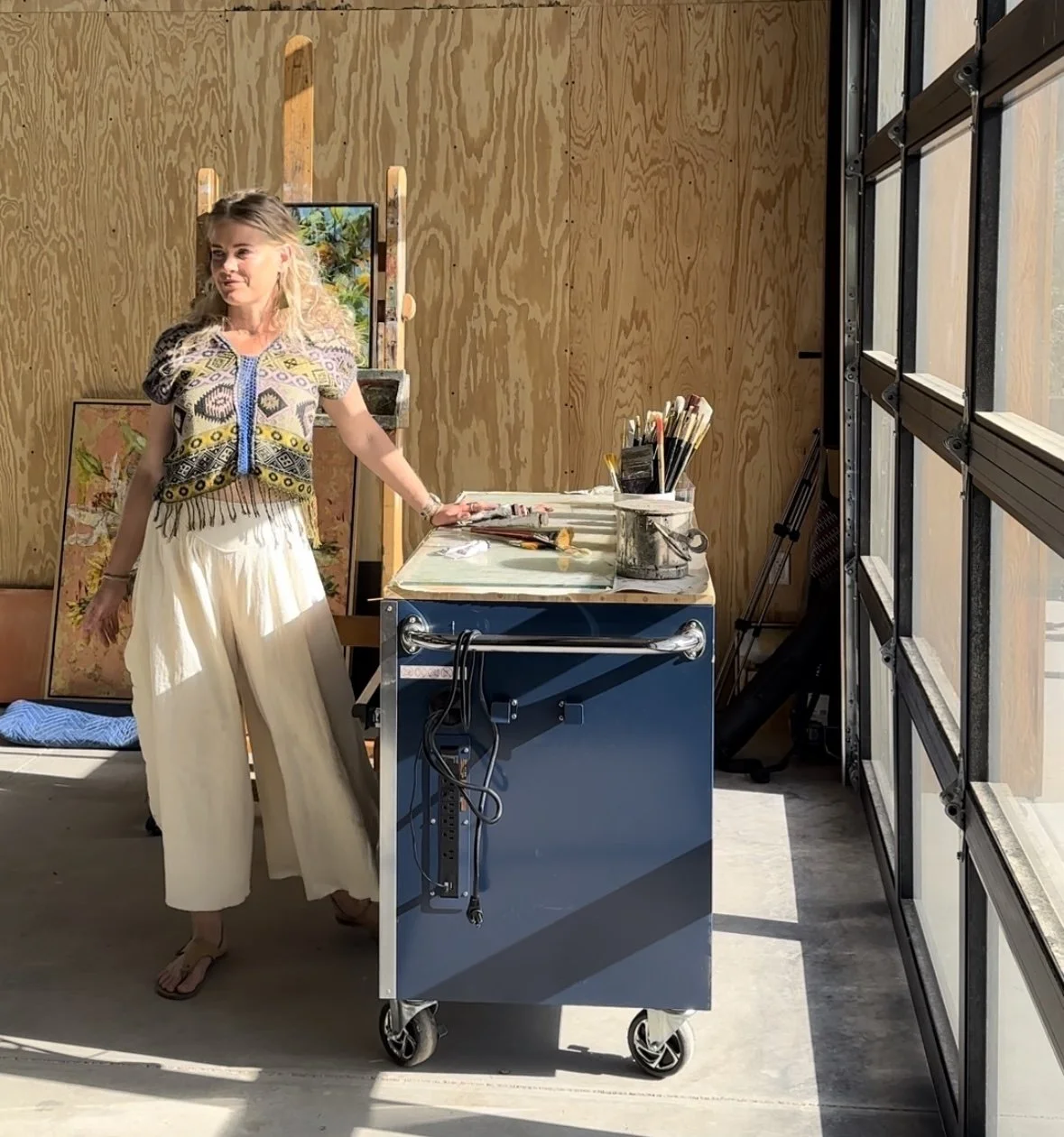fight or flight response in painting
and what “fresh eyes” are all about anyways…
Trying to escape the mistake. It happens to all of us. Suddenly, in the midst of a painting that has been moving along steadily, something happens that you don’t like. You see something that isn’t working and you don’t know how to fix it, where to go, or what to do next. So, you may do one of two things. You might react to this by becoming over-active, adding more paint & color in a manic effort to escape the mistake, then wiping it all off and starting over, only to find yourself in a new muddy mess. You might also react by quitting all together, tossing your brushing down in a huff of frustration and adding this piece to the stack of unfinished paintings in the corner. Depending on the day, I’ve done both. This is fight of flight response to an experience of fear. Now we all know we aren’t deathly afraid of painting, but the truth is, we are experiencing fear when we see something we don’t agree with and have the sometimes panicky, sometimes despondent, feeling of “Oh, no, it looks all wrong, and I don’t know what to do”. You might feel it as apathy, or you might feel it as overactive fixit- mode, but it is essentially a fear response.
Many of us, in our effort to try to solve this, are convinced that the more color theory and drawing technique we learn, the more tools we have to wriggle our way out of a bad drawing or muddy color. I know that was my obsessive focus, to just perfect my arsenal of techniques so I never had to feel stuck again. But I wasn’t having any fun, and it didn’t reliably solve my issues with any amount of ease. I always found that I had to come back later, with “fresh eyes”, to make any sort of measurable improvements. Initially I continued to credit this to technique. But was there truly some new skill I had acquired while “resting my eyes” that I hadn’t possessed 24 or 48 hours earlier? Is the skill simply having “fresh eyes” then, and what even is that, and how do I get more of it?
What I discovered is that the solution to feeling stuck did not reside with the mind. Although a knowledge base helps, and strategy is always important, the feeling of being stuck, which is created by the mind, is ameliorated not by looking the mind to solve the problem it created, but by turning inward and correcting your inner state, feelings, and thoughts, by finding what your rhythm is in that moment. By becoming present. That means returning to your breath, your body, your intuition, and pausing, returning to your intention that brought you to the canvas to begin with. Fresh eyes, but like, right away, without having to “rest” them.
It is only from being present to the moment (not in a state of flight of fight) that creativity can flourish and truly inspired solutions can arise from within you with ease.
Interested in experiencing more ease in your painting journey? Check out my workshop!

